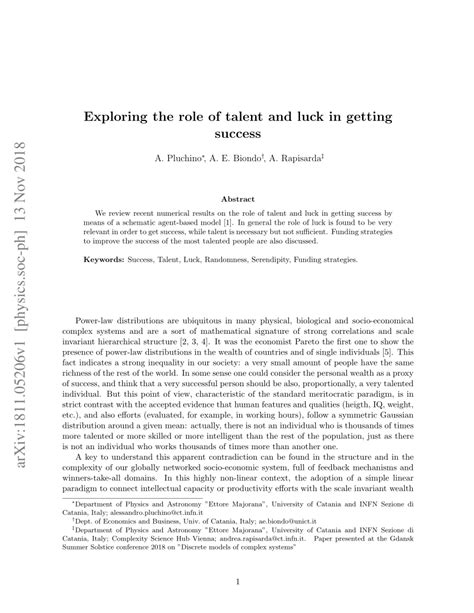Exploring the Role of Trading Volume in Market Analysis

The World of Cryptocurrency has gained immense popularity in recent years, with Millions of Investors and Traders Flocking to Online Exchanges Like Bitcoin.com, Coinbase, and Binance to Buy, Sell, and Trade Cryptocurrencies. While the Allure of Digital Assets is Undeniable, One Often-Overlooked Aspect of Market Analysis is Trading Volume.
Trading Volume, Measured in Units of Currency per Unit of Time (E.G., USD/BTC), Serves AS A Crucial Indicator of Market Sentiment, Liquuidity, and Overall Demand for a particular Cryptocurrency. In this article, We’ll delve into the role of trading volume in market analysis and explore its significance in the world of cryptocurrency.
What is Trading Volume?
Trading Volume refers to the Total Amount of Value Traded Within An Exchange on A Specific Period. It’s the sum of all trades executed that time frame, Including Buys, Sells, and Swaps. In Other Words, Trading Volume Measures How Much Money is Being Moved in And Out of a Cryptocurrency Market.
Why Is Trading Volume Important?
Trading Volume Has Several Key Implications for Market Analysis:
- Market sentiment : High Trading Volumes Indicate Strong Demand for a particular cryptocurrency, suggestion that Investors are optimistic about its prospects. Conversely, Low Volumes can signal selling Pressure, Indicating That Investors May Be Bearish.
- Liquuidity : Trading Volume Helps Gauge the Overall Liquuidity of a Market. Higher Volumes Typically Indicate More Buyers and Sellers, Making It Easier To Execute Trades and Maintain Market Stability.
- Price Volatility : Strong Trading Volumes of Precede Price Swings in Cryptocurrency Markets. This is because high-volume traders are likely to be activy buying or selling the asset in response to market movements.
Types of Trading Volume
There are three main types of trading volume:
- on-chain volume : this type of volume refers to trades executed directly on a blockchain platform, such as ethereum (eth) and bitcoin (BTC). On-chain volume is Essential for Understanding the Underlying Value of Cryptocurrencies.
- Off-Chain Volume : Off-Chain Volume Encompasses Transactions That occur Outside of Official Exchanges, Including Peer-To-Peer Trading and Decentralized Applications (Dapps).
- Market Movers ‘Volatility
: Market Movers’ Volatility refers to high-speed trades Executed by Traders who are attempting to exploit market inefficiencies.
Factors Affecting Trading Volume
Several Factors Can Influence Trading Volume in Cryptocurrency Markets:
- Institutional Investment : Institutional Investors, Such as Hedge Funds and Family Offices, Often Hold Significant Stakes in Cryptocurrencies, Driving Up Demand and Influencing Trading Volumes.
- Regulatory News : Government policies, regulations, or laws can significantly impact market sentiment and trading volumes, particularly in regions with strict capital controls.
- Global Events : Global Events Like Economic Downs, Natural Disasters, Or Pandemics Can Lead to Increased Volatility, Causing Traders to Rapidly Buy Or Sell Cryptocurrencies.
Best Practices for Analyzing Trading Volume
To Effectively Analyze Trading Volume:
- Track Multiple Exchanges : Monitor Different Exchanges and Their respective Trading Volumes to Gain a Comprehensive Understanding of Market Dynamics.
- Use Historical Data : Utilize Historical Data to Identify Trends and Patterns in Trading Volume, which can be used to inform market predictions.
- Consider Market sentiment indicators : Incorporate indicators like the relative strength index (RSI) or Moving Average Convergence Divergence (MACD) to Gauge Market sentiment.
